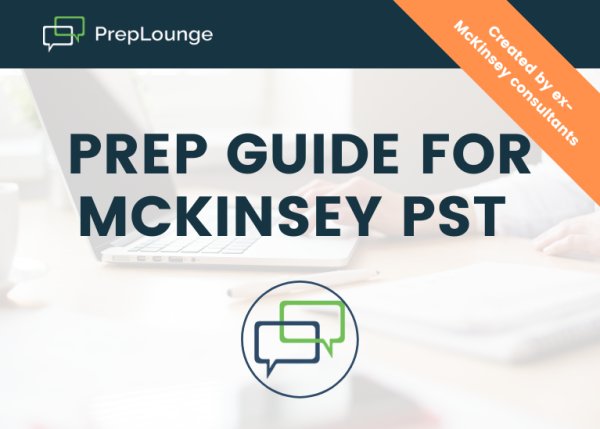I'm confused if I should do a top-bottom approach or the bottom top approach. Please see my structure and share your feedback.
1-start with population
2- segment base on age groups (children, middle, old)
3-frequency of vists in each group
4- percentage that will be emitted into hospital to stay for a night or more . ( surgery or baby delivery or just people who are sick and need care)
5- duration of each visit (how many nights will they spend?)
6- add them all up to know demand for hospitals.
7- estimate capacity of one hospital ( don't know how to do that! Please help)
8- divide demand over capacity of one hospital.
please share feedback and suggest any other approach. I feel like my approach is a bit complicated and I would appreciate it if there were any thoughts on how to have a simpler and clearer approach.





















